The Amazon. When most people hear the name, they picture endless, tangled green stretching to the horizon—rivers snaking through clouds, howler monkeys shrieking in the mist, and mysteries so deep they swallow whole civilizations. But what if, beneath all that green, lies evidence of a world lost to time—a vast urban network, now hidden by the jungle’s relentless growth? Near Manaus, a city perched on the edge of the Amazon River, a strange, black earth whispers secrets of ancient ingenuity. This is not just another rainforest tale; it’s a scientific puzzle, a story of lost cities, hidden knowledge, and the powerful legacy of human hands shaping nature itself.
The Puzzle of Terra Preta: The Amazon’s Black Gold
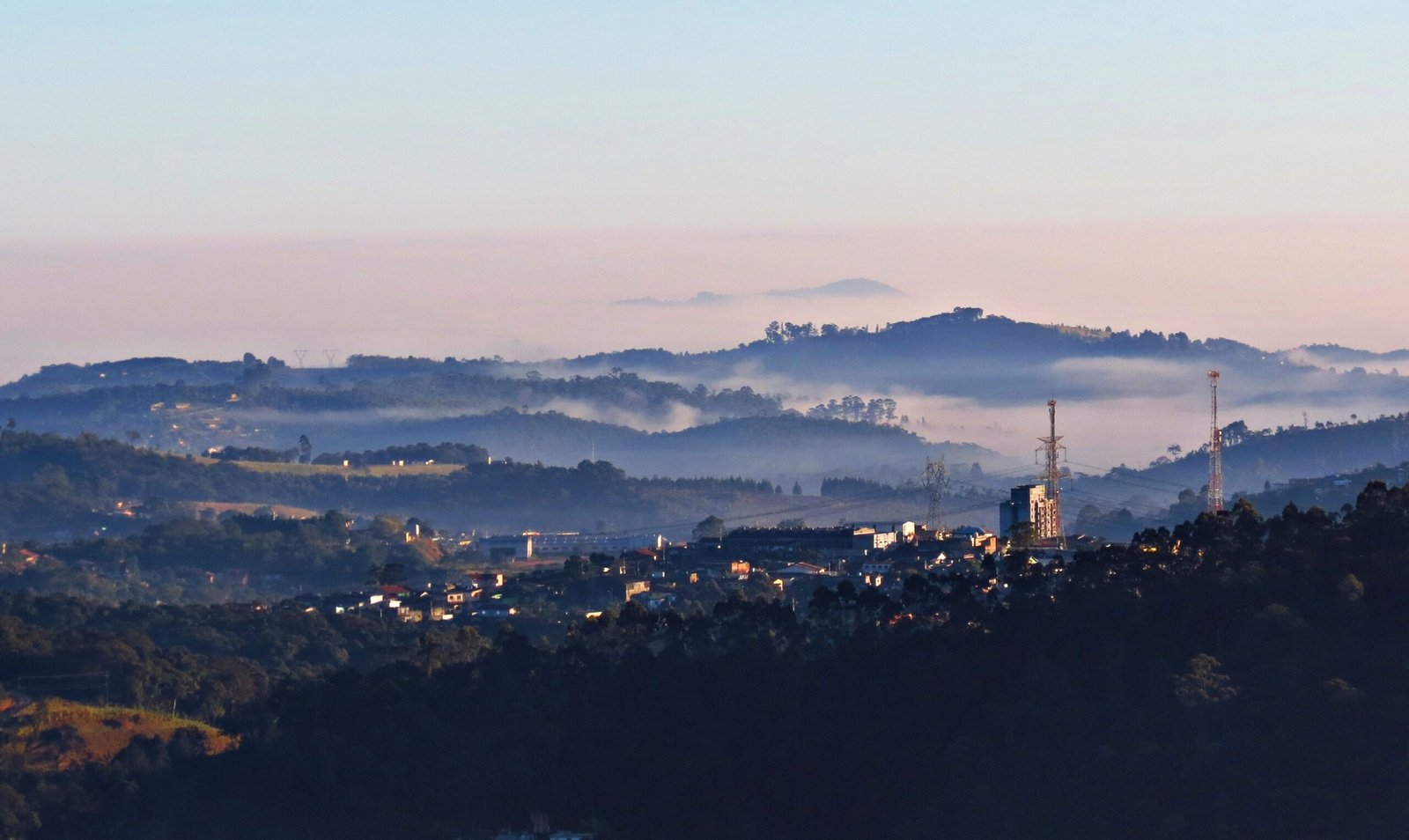
Long before anyone dreamed of satellites or drone surveys, local farmers around Manaus knew there was something special about patches of jet-black earth scattered through the rainforest. Unlike the usual thin, nutrient-poor Amazon soils, this “terra preta”—literally “dark earth”—was rich, fertile, and seemed to grow anything. For generations, people puzzled over its origins. Was it natural? Or was it a legacy of something more mysterious? Only recently have scientists realized that this black soil is not just a curiosity—it may be the key to rewriting the history of the Amazon itself.
Ancient Engineers: The Human Hand Behind Terra Preta
It turns out that terra preta is not a natural accident. Under the microscope, these soils reveal tiny traces of charcoal, bone, pottery shards, and plant remains. This is the unmistakable signature of human activity. Ancient people, it seems, created this soil on purpose. By burning organic waste in low-oxygen fires, they made a kind of prehistoric biochar, turning lifeless dirt into a living, breathing ecosystem. It’s a trick so clever, modern scientists still marvel at its effectiveness. It’s as if the rainforest’s first inhabitants hacked the system, transforming one of the world’s toughest environments into a breadbasket.
Clues in the Canopy: The Search for Lost Cities
For decades, the idea of advanced civilization in the Amazon was dismissed as fantasy. Early explorers returned with wild tales of cities swallowed by vines, but their claims were written off as fever dreams. The jungle, people argued, was too harsh, too unforgiving for anything but scattered tribes. But terra preta told a different story. Its presence is often found in large, connected patches, sometimes stretching over hundreds of hectares. Could so much human-made soil point to something bigger—a network of settlements, maybe even a hidden civilization?
Amazonian Urbanism: A New Model for Ancient Cities
Traditional cities, like those in the Mediterranean or Mesopotamia, cluster tightly, rising in stone and brick. But the Amazon’s ancient urbanism was different. Here, people built with earth, wood, and living plants. Settlements were often spread out in clusters, connected by roads, causeways, and water channels. Imagine a web of villages, gardens, and ceremonial centers woven through the forest, each patch of terra preta marking a node in this vast network. It’s a city, but not as we know it—organic, decentralized, and deeply intertwined with the land.
Laser Eyes in the Jungle: The Role of Lidar
Breaking through the Amazon’s leafy armor is nearly impossible with the naked eye. That’s where lidar comes in—a technology that uses laser pulses from aircraft to strip away the forest’s green veil. In recent years, lidar has revealed the faint outlines of geometric earthworks, raised fields, and even ancient roads hidden beneath the canopy. Around Manaus and beyond, these discoveries have transformed our understanding of the region. What was once thought to be untouched wilderness now looks more like the ghostly blueprint of a forgotten metropolis.
The Manaus Enigma: City at the Edge of Discovery

Manaus itself is a city of contradictions—a modern metropolis surrounded by ancient mysteries. Founded during the rubber boom of the late 1800s, it rose almost overnight from the jungle, fueled by European ambition and local labor. Yet just beyond its edge, the black earth hints at a much older story. Archaeologists have uncovered pottery, tools, and the remains of raised fields that date back over a thousand years. It’s as if the city is perched on the lip of a hidden world, its streets echoing the footsteps of people who lived, farmed, and built here long before the first rubber baron arrived.
Garden Cities: How Ancient Amazonians Shaped the Forest
One of the most surprising revelations is that the Amazon rainforest itself may be, in part, a human creation. In places where terra preta is found, the forest is often richer in edible plants—brazil nuts, fruit trees, and medicinal herbs—than the wild jungle. Some scientists now argue that ancient people engineered these “garden forests,” planting useful species and nurturing them over generations. The line between wild and cultivated blurs, and the forest becomes not just a backdrop, but a living legacy of human innovation.
Debating the Numbers: How Many Lived in the Amazon?
How many people could such a system support? Early estimates put the population of the pre-Columbian Amazon in the low hundreds of thousands. But the scale of terra preta, the density of earthworks, and the variety of cultivated plants have forced scholars to reconsider. Some now believe that millions may have lived here, in a patchwork of interconnected communities. This challenges long-held ideas about “pristine” wilderness and the limits of ancient technology. The debate rages on, with each new discovery tipping the scales.
The Amazon’s Waterways: Rivers as Highways
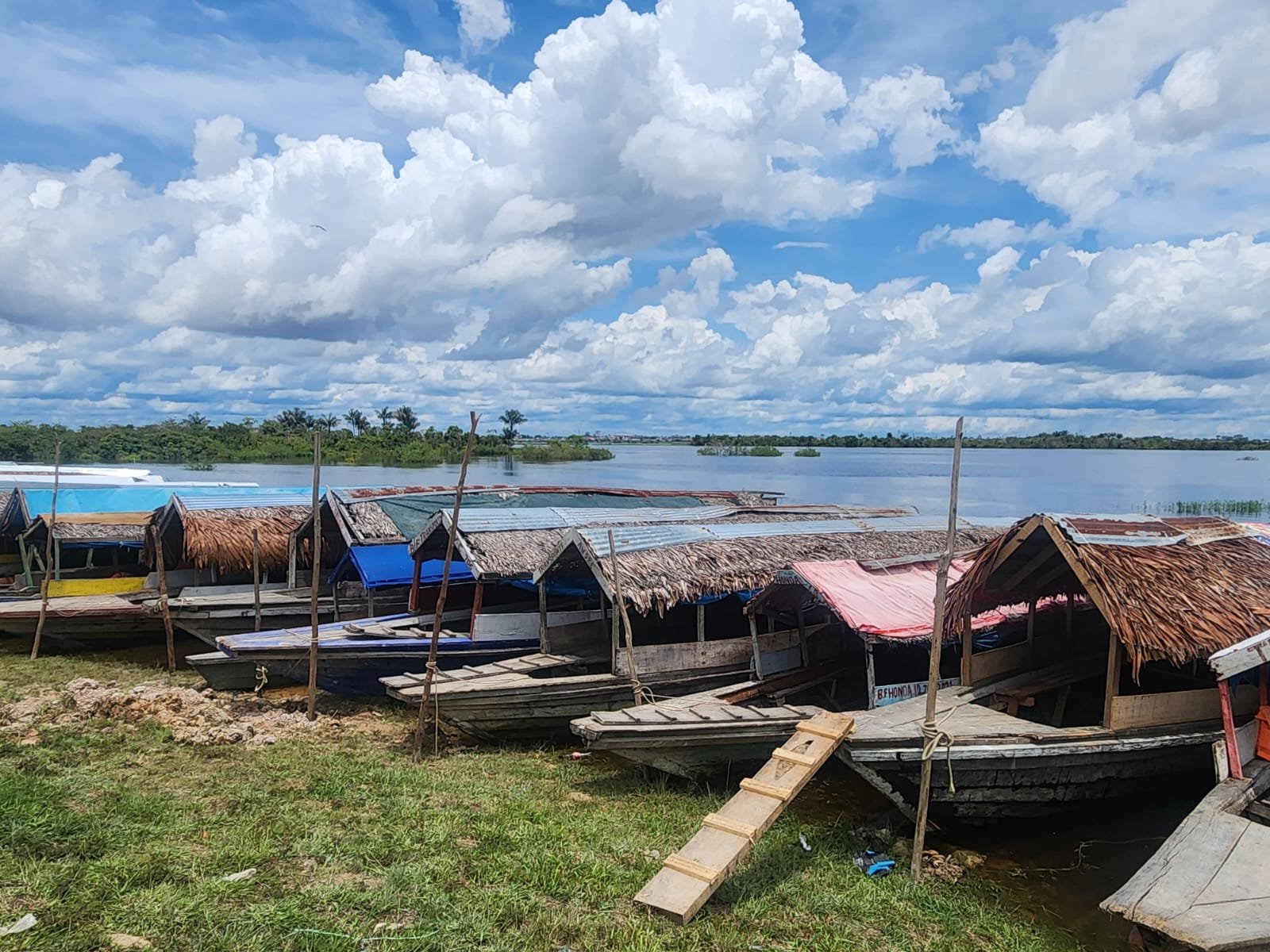
To understand how ancient Amazonians built their networks, look to the rivers. The Amazon and its tributaries are not barriers—they’re lifelines. Boats could travel for hundreds of miles, linking distant communities and facilitating trade. Archaeological finds along these riverbanks include not just pottery, but exotic goods—shells, feathers, and stones from far-off lands. The water, in a sense, was the ancient Amazon’s highway system, tying together the scattered patches of black earth into a living, breathing network.
Ritual and Power: Ceremonial Centers in the Jungle
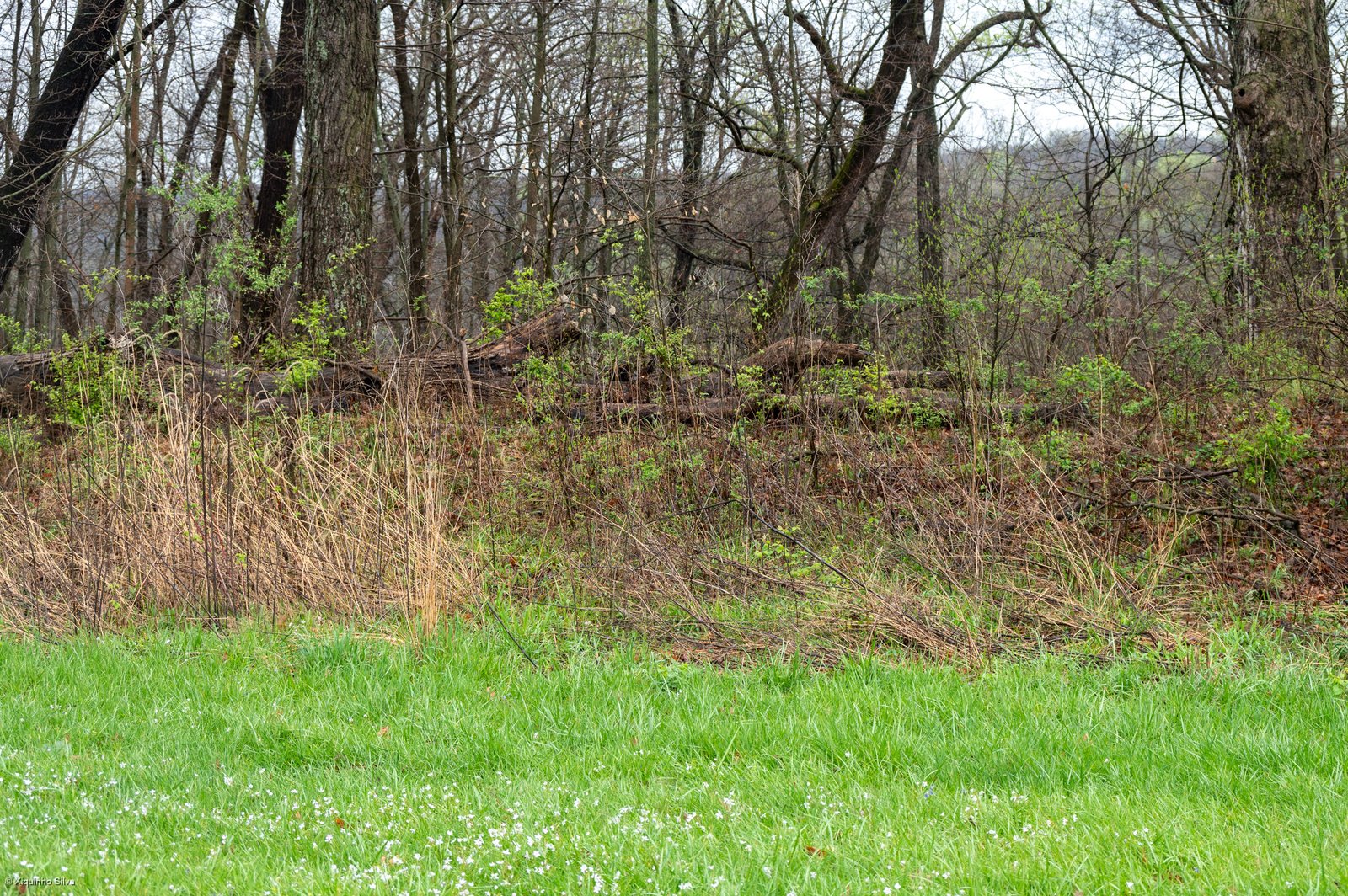
Among the most intriguing finds are the ceremonial earthworks—geometric shapes dozens of meters across, carved into the earth and visible only from the air. Some are thought to be gathering places for festivals, rituals, or markets. These centers may have played a vital role in uniting dispersed communities, acting as political and spiritual hubs. The presence of terra preta around many of these sites hints at feasting, farming, and the everyday life of a society far more complex than once imagined.
Climate Clues: How Ancient Activity Shaped the Atmosphere
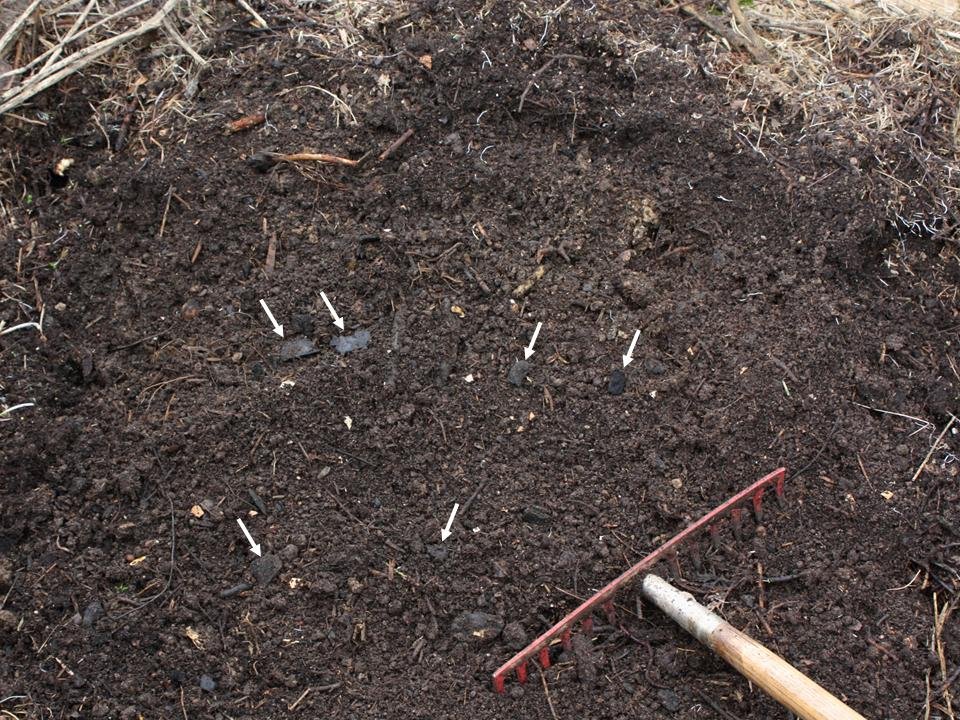
Creating terra preta wasn’t just good for crops—it may have had a surprising impact on the climate. The biochar in black earth locks carbon in the soil for centuries, reducing greenhouse gases. Some researchers believe that the people of the Amazon were early climate engineers, sequestering carbon long before anyone talked about global warming. Their legacy isn’t just in what they built, but in how they managed the land on a planetary scale.
Collapse and Transformation: What Happened to the Ancient Amazon?

If the Amazon was once home to thriving city networks, what happened? The answer is a story of resilience and tragedy. When European diseases arrived in the 16th century, they swept through the continent, decimating indigenous populations. Fields were abandoned, settlements fell silent, and the forest began its slow takeover. In just a few generations, the memory of the ancient cities faded, leaving only the black earth and the whispers of the trees.
Modern Lessons: Sustainable Farming from the Past
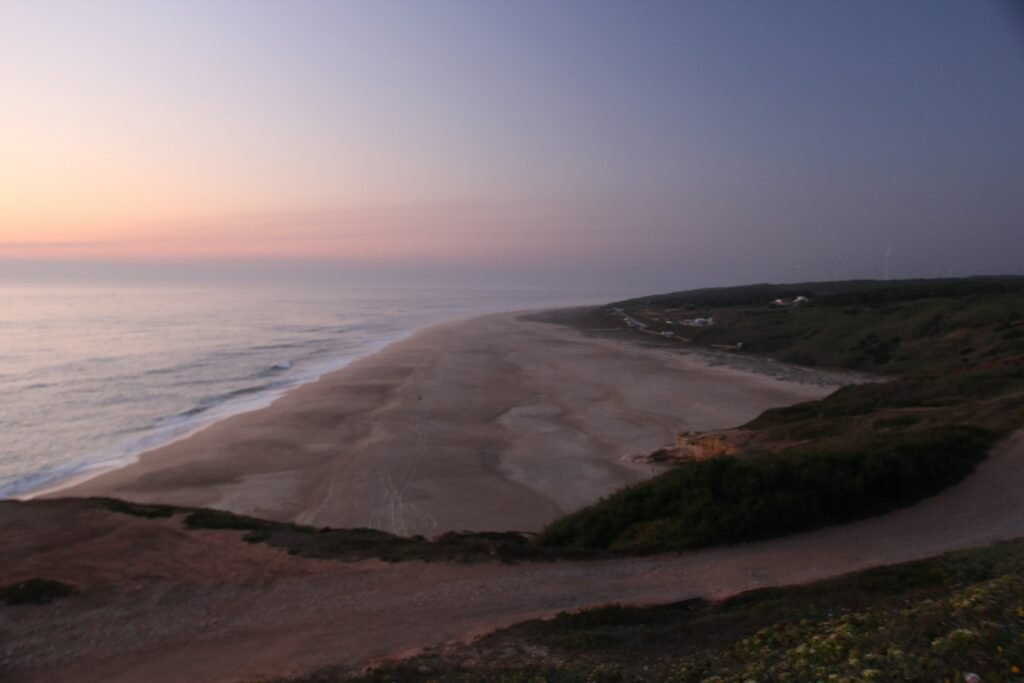
Today, scientists and farmers are trying to unlock the secrets of terra preta. Its ability to hold nutrients and support crops could revolutionize agriculture in tropical regions. Experiments with biochar are underway around the globe, inspired by the ancient Amazonian recipe. In a world facing soil depletion and climate change, the wisdom of the rainforest’s first farmers could hold the key to a more sustainable future.
Cultural Revival: Indigenous Knowledge Reclaimed
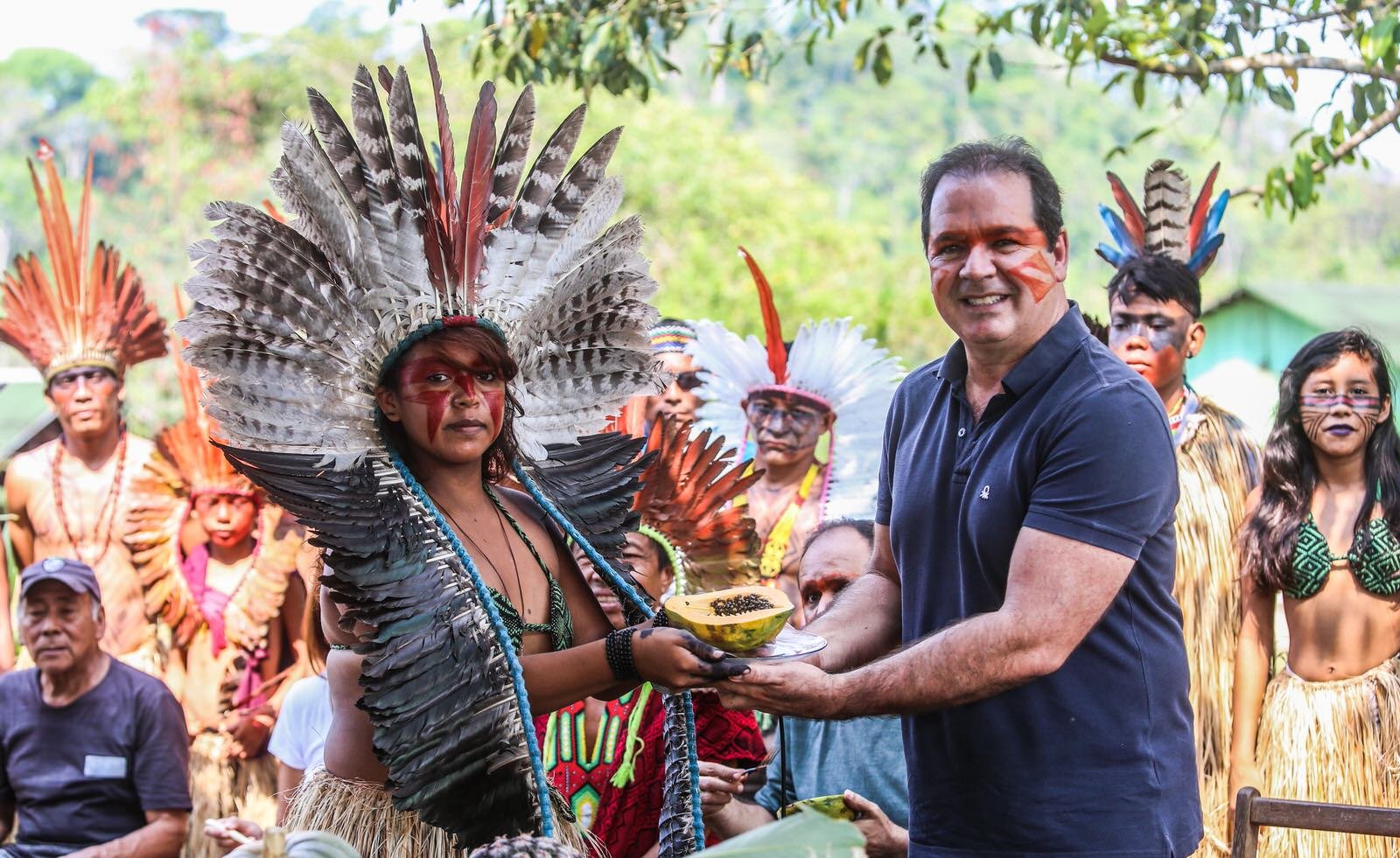
For the indigenous peoples of the Amazon, the story of terra preta is not just history—it’s heritage. Many are working to reclaim traditional farming methods, blending ancient practices with modern science. Their voices are crucial in the fight to protect the rainforest and its secrets. As one elder put it, “We are not just the guardians of the forest. We are its gardeners.”
The Global Hunt: Terra Preta Beyond Brazil
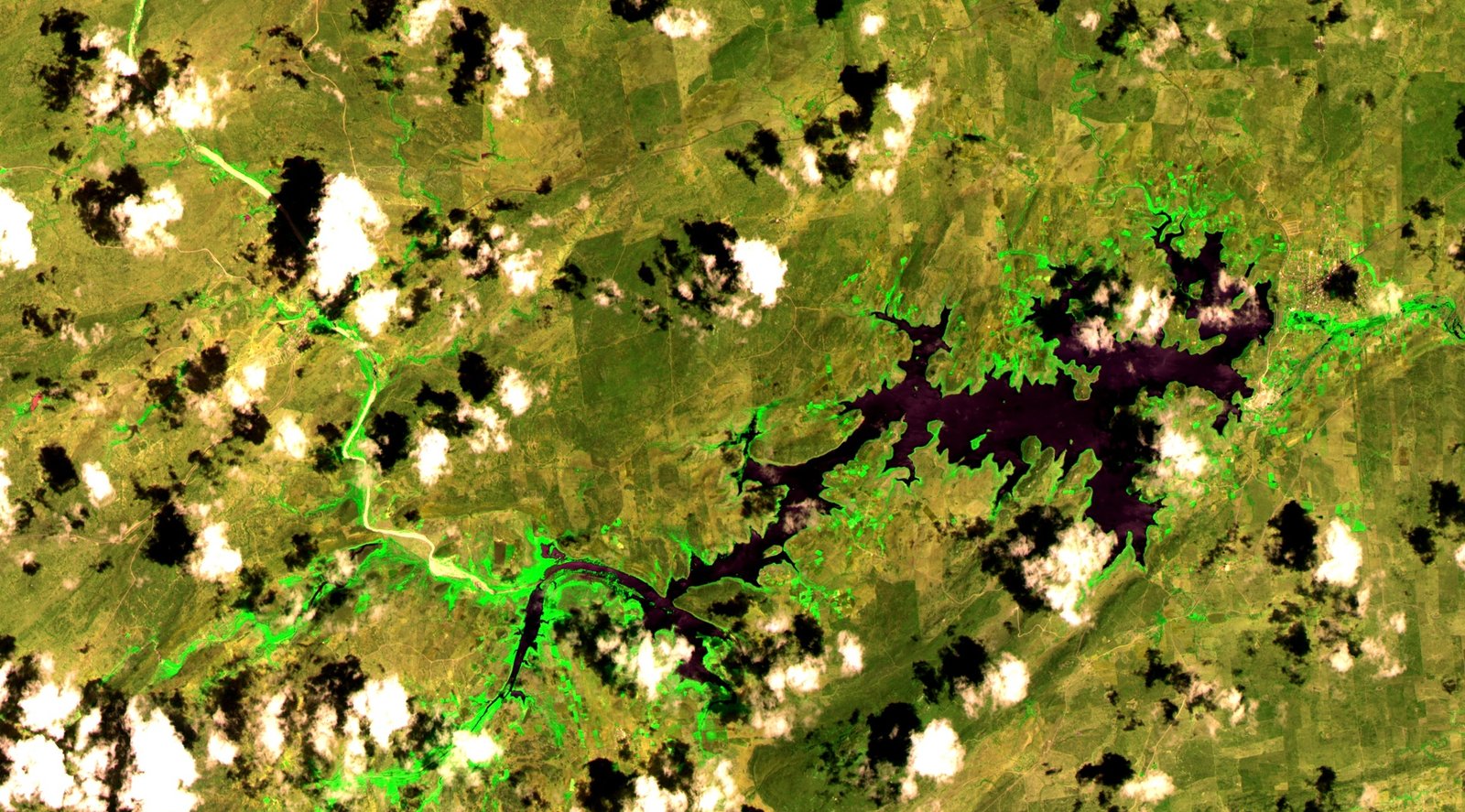
Interest in black earth has spread far beyond the Amazon. Similar soils have been found in Africa and Southeast Asia, raising questions about whether ancient people elsewhere discovered the same secrets. Researchers are now exploring the possibility of a global tradition of soil engineering, with the Amazon as its brightest beacon.
Technological Breakthroughs: AI and Archaeology Unite
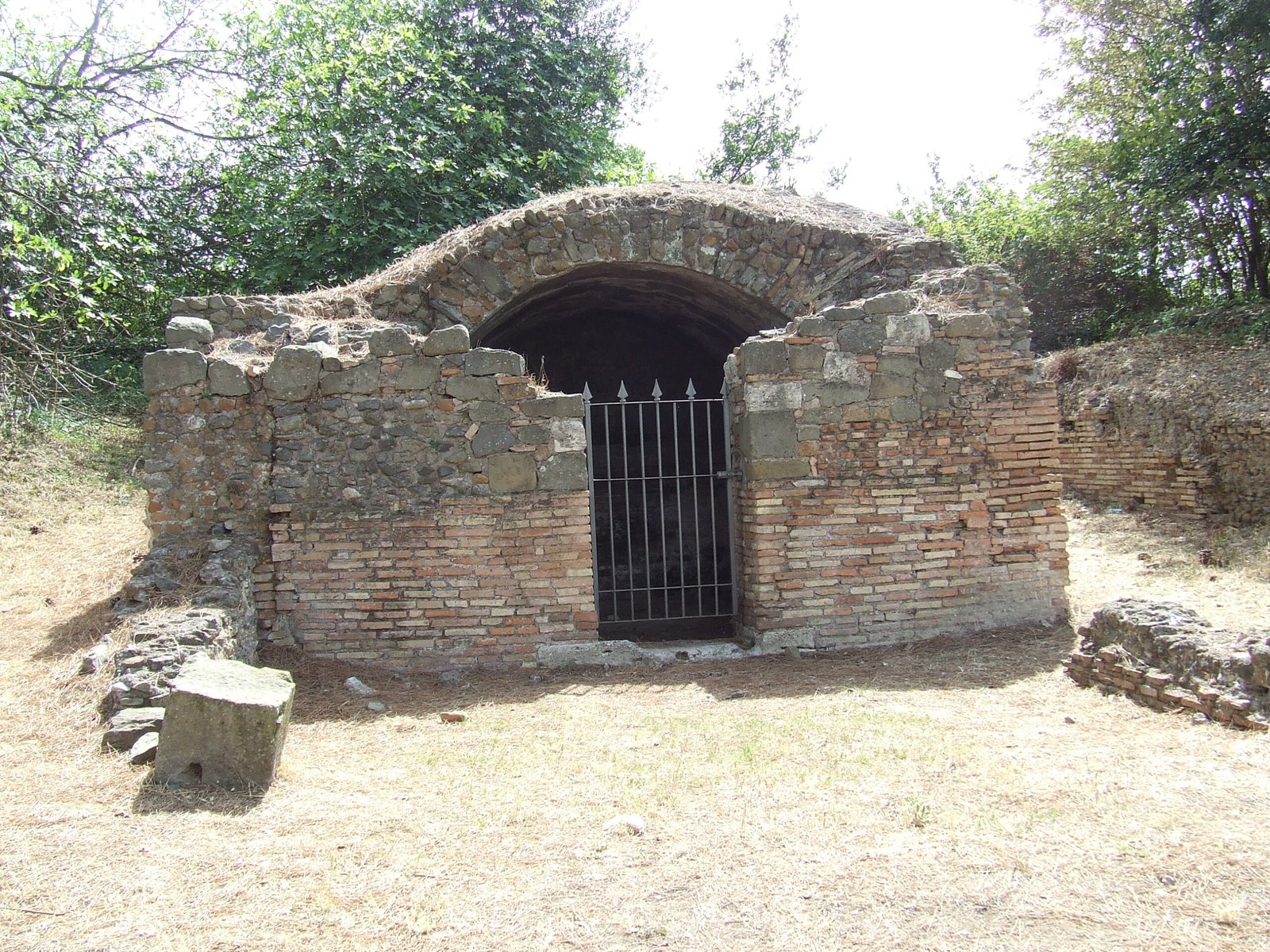
The next wave of discoveries may come from an unexpected source—artificial intelligence. New algorithms can sift through lidar data, satellite images, and even chemical signatures in the soil, spotting patterns invisible to the human eye. Teams are using machine learning to map possible ancient settlements, opening the door to a flood of new finds in the coming years.
Preserving the Mystery: The Threat of Deforestation
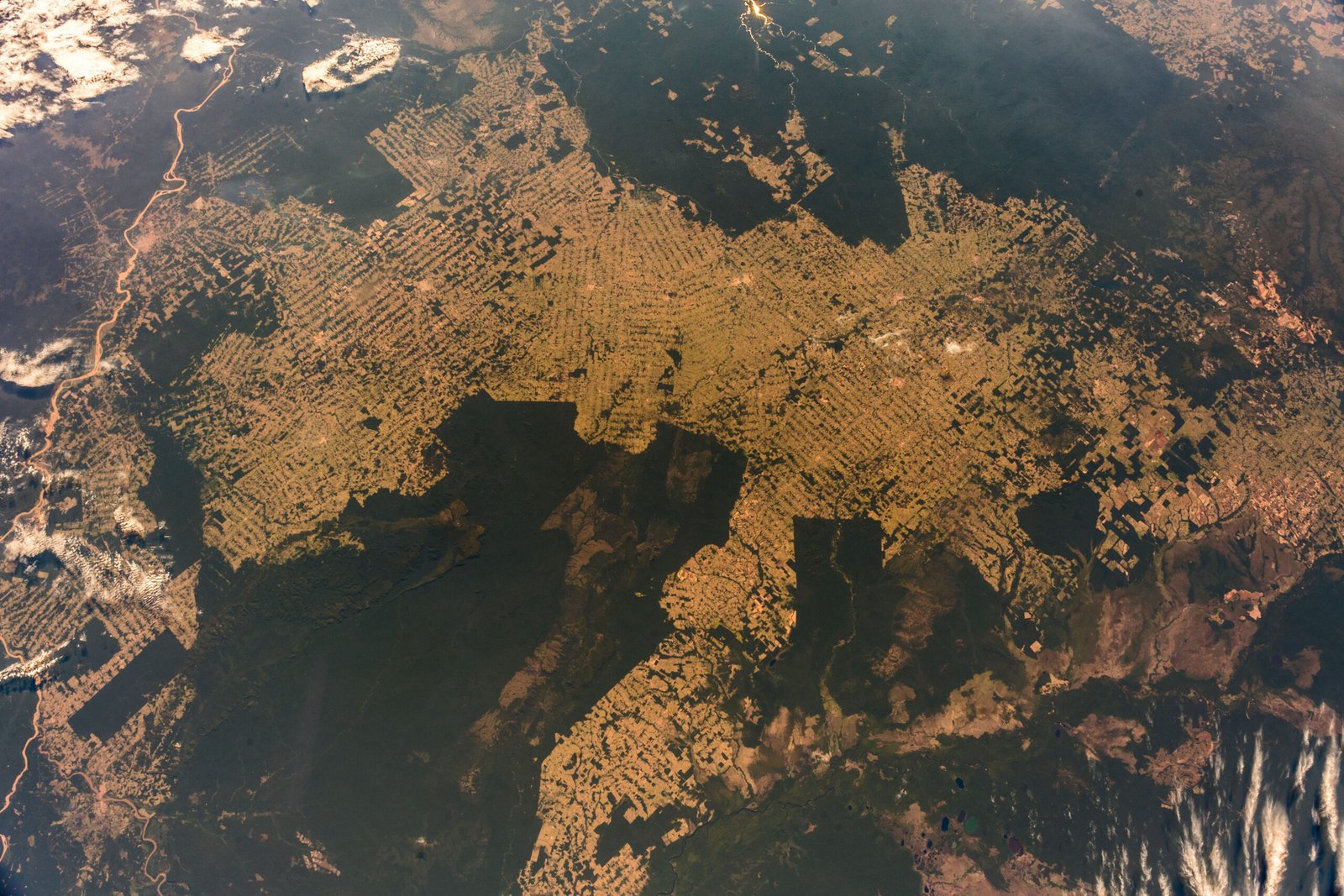
Despite all we’ve learned, the Amazon’s secrets remain at risk. Deforestation, mining, and modern development threaten to destroy not just the forest, but the archaeological record hidden beneath. Every time a patch of terra preta is bulldozed, a chapter of humanity’s story is lost forever. Protecting these sites is about more than preserving the past—it’s about safeguarding knowledge for the future.
The Unfinished Map: What Lies Still Hidden?
Scientists agree: we’ve only just scratched the surface. Vast stretches of the Amazon remain unexplored, their secrets buried beneath layers of leaf litter and time. Each new discovery brings more questions than answers. What wonders still wait beneath the green? Could there be entire cities, lost technologies, or new forms of ancient art waiting to be found?
Reflections from Manaus: Living Among Legends
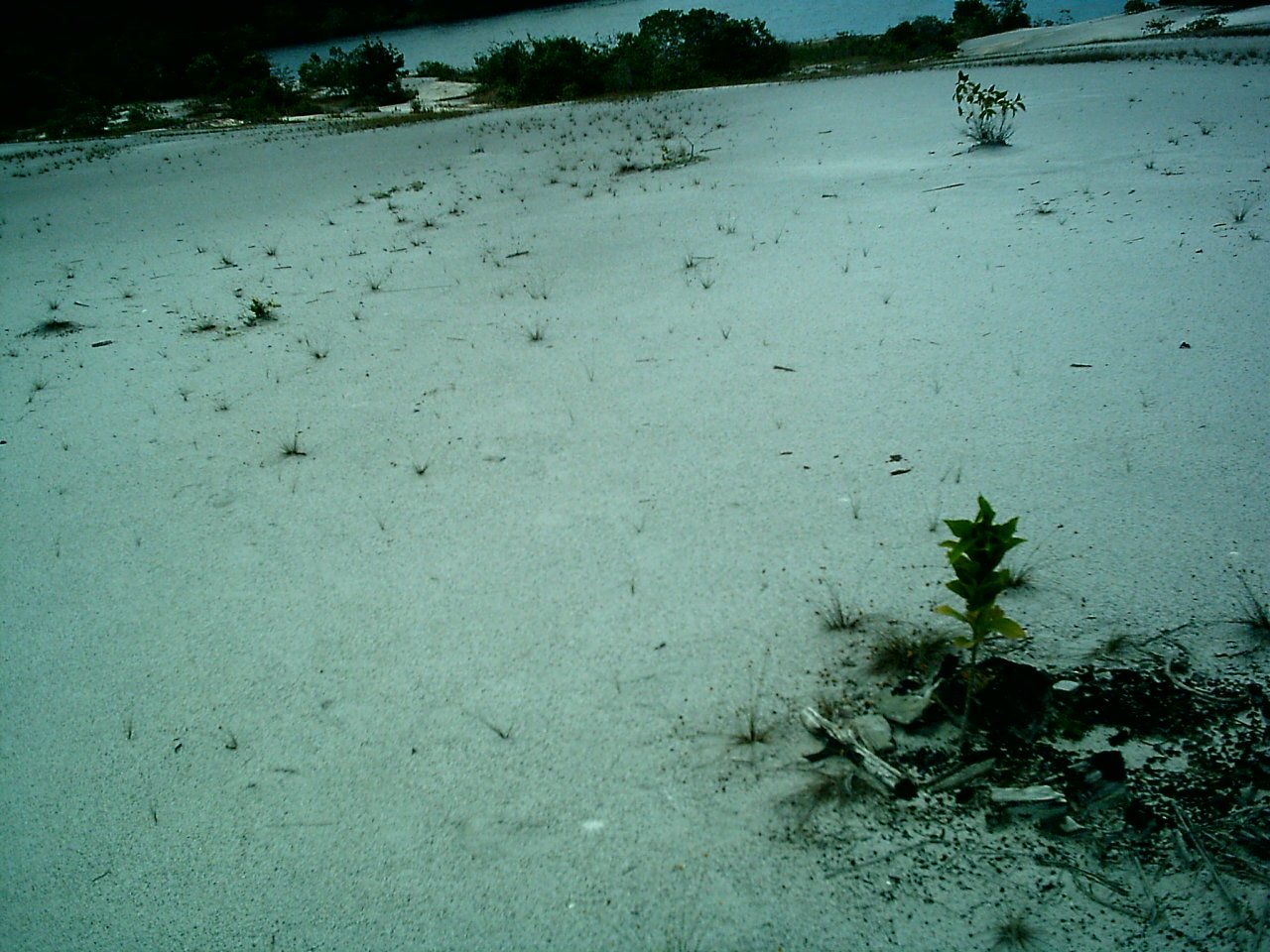
For the people of Manaus, the black soil mystery is more than an academic puzzle—it’s part of daily life. Farmers still seek out terra preta for their crops. Children play near ancient mounds, unaware of the millennia beneath their feet. The city’s beating heart echoes with the footsteps of those who came before, a reminder that the Amazon is not just a wilderness, but a living library of human achievement and resilience.
The black soils of the Amazon are not just dirt—they are the fingerprints of a civilization that may have rivaled any in history, their stories hidden in plain sight. As we unravel the mystery, we are forced to ask: How much of the world’s wildest places are really wild, and how much are the gardens of forgotten hands?




